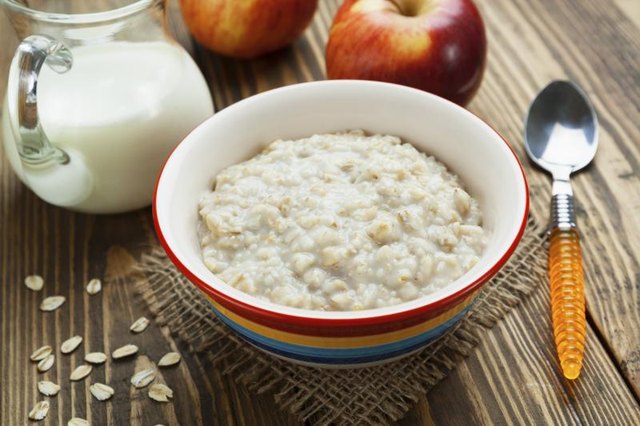
Any meal plan for extreme weight loss should have certain basic components. For example, caloric restriction and portion control are essential to weight loss. Following extreme diets in the short-term can help you achieve a healthy body weight, after which you can follow a less stressful maintenance plan that is more sustainable. Adding advanced dieting techniques to any weight loss program can dramatically accelerate your results.
Basics
The basic principles of an extreme weight loss program are reduced caloric intake and portion control. Simply put, you must eat less, taking in fewer nutrients than your maintenance caloric. It takes a deficit of 3,500 calories to burn a single pound of body fat. Reducing your daily caloric intake by 500 to 750 calories below your maintenance level, you can create this deficit over one week. See Resources to find your daily caloric maintenance level.
Components
According to “The Abs Diet”, successful weight loss programs stress frequent, smaller meals. Rather than the traditional three large meals (breakfast, lunch and dinner), eat six smaller meals. “The Fat Burning Bible” recommends a meal plan with three meals and two to three snacks. You also need to choose the right foods. Lean proteins (chicken, fish and turkey), low-glycemic carbohydrates (oatmeal, whole-grains and sweet potatoes) and healthy fats (olive oil, avocado, and nuts and seeds) can help you achieve extreme weight loss.
Benefits
An extreme weight loss program has many benefits to your health. Eating three large meals per day triggers large amounts of insulin. A necessary hormone for nutrient delivery, insulin drives fats and sugar into body fat cells for storage. Eating more frequently prevents fat storage and might keep you from developing Type II diabetes, according to “The Fat Burning Bible.” In addition, frequent meals and snacks suppress production of the stress hormone cortisol, which serves to shut down fat burning and encourage body fat storage, particularly in trouble areas.
Examples
Some examples of extreme weight loss plans include low-carbohydrate diets, moderate-carb diets and the 40-30-30 macro-nutrient ratio, which is recommended by “The Fat Burning Bible.” With low-carb diets you take in 30 to 50 grams of carbohydrates per day, the equivalent of ½ to 1 cup of oatmeal. This diet is very extreme and causes fast weight loss; however it is impractical and unhealthy in the long-term, according to “The Abs Diet.” A moderate-carb diet also can provide extreme weight loss. “Xtreme Lean” recommends that you take in 100 to 150 grams of carbs per day. The 40-30-30 diet recommends 40 percent carbohydrates, 30 percent protein and 30 percent fat as the best fat-burning ratio.
Advanced
Advanced dieting techniques can enhance your extreme weight loss program. Cheat meals can help you avoid dieting plateaus, according to “Combat the Fat.” Having cheat meals means eating whatever you want for one meal once a week, allowing you to relax and recover mentally, physically and psychologically from dieting. Another useful technique is carb-timing, or taking in most of your carbohydrates when they are more likely to be burned as fuel rather than stored. Examples include splitting your daily carb intake between pre- and post-workout meals and/or taking in most of your carbs during the day, rather than at night.





No comments:
Post a Comment